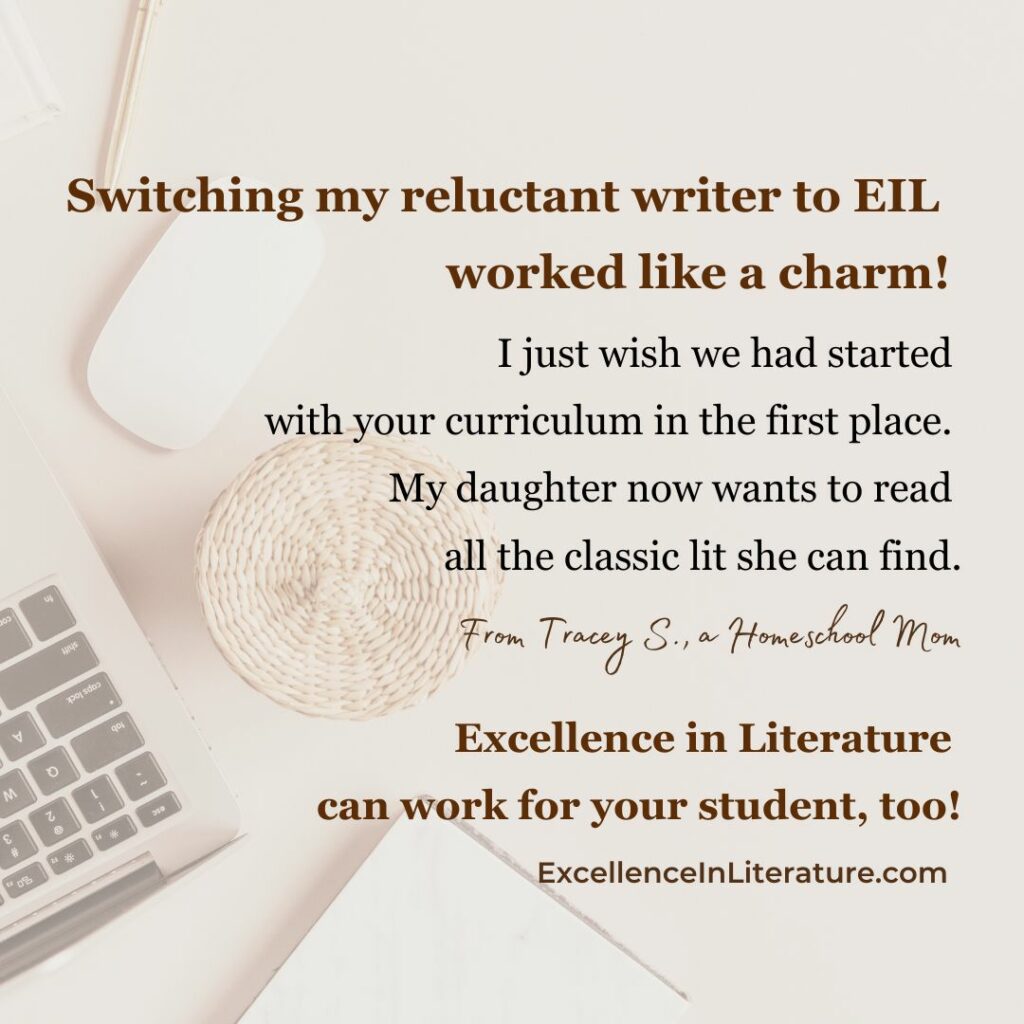Copywork for Teens
I thought my son was kidding when he approached me this morning. After all, he is taking college classes, and doing quite a lot of writing. I thought he’d finished with copywork years ago! As soon as he explained why he wanted it, though, I knew he was right. He did need copywork! He was finding that as he took quick notes in class, his handwriting was getting less and less legible. He needed to practice writing both quickly and neatly, and copywork is the perfect tool for that.
How to make copywork for teens
To make his copywork, I copied the first eight verses of Psalm 119 onto college-ruled paper, skipping every other line. That way, he could write directly under my letters, which would remind him to watch his spacing and letterforms. As we did when he was younger, we each used a different color pen, so the finished page looked interesting.
Copywork is an excellent tool for teens who need to improve their handwriting for the essay portion of the SAT or ACT. I’ve read a number of articles that indicate that test evaluators are having serious problems reading some of the handwriting on these exams. Needless to say, if they can’t read it, they can’t evaluate it!
Sources for copywork
Although you can use almost anything as copywork for teens, I usually start with scripture, choosing the RSV for beauty or the New International Version for slightly more modern language (my own memory is heavily stocked with KJV, which is also a good choice). Psalm 119 is perfect for copywork, as it’s neatly divided into stanzas of eight verses each, and one stanza fits perfectly on a single side of college-ruled paper. By the time your student writes one stanza a day all the way through the chapter, your student’s handwriting ought to be beautiful!
Other things you can use for copywork include passages from any good literature the student is reading, history or science narratives, poetry, fables, or essays. Whatever your student needs or wants to learn can serve as a copywork model, so feel free to be creative. There are quite a few models posted at Excellence in Literature — just search by whether you want to copy poetry, short stories, biography, or another form.
Improving penmanship
 If you don’t feel that your handwriting is clear enough to be a good example to your students, you may want to learn along with them. As a follow-up to Perfect Reading, Beautiful Handwriting, we used Barchowsky Fluent Handwriting. It is a reasonably priced way to teach an attractive, legible style of italic printing that easily transitions into a cursive italic.
If you don’t feel that your handwriting is clear enough to be a good example to your students, you may want to learn along with them. As a follow-up to Perfect Reading, Beautiful Handwriting, we used Barchowsky Fluent Handwriting. It is a reasonably priced way to teach an attractive, legible style of italic printing that easily transitions into a cursive italic.
Some students also find that French-ruled notebooks or paper is helpful for improving handwriting. It’s close-spaced lines offer guidance for letters of varying sizes, so this type of paper can be appropriate for any age, though I may not use it with very young students who are just beginning to form letters.
You might also enjoy the articles below
Why bother learning better handwriting when it’s possible to take notes by typing? Penmanship matters, and here’s why you need to teach it.

















Janice~
I love your site so much. I could sit here and read and read and read all day. My son is starting highschool next year, so everything you write about is just exactly what I need to hear!
It was so wonderful to hear about your son wanting to do copywork even now and I loved the idea of leaving the line and having him write in a different color. I will be implementing that immediately! (My son is sweet and wonderful and loves the Lord with all His heart, but his handwriting is…..well…not good…*LOL*)
I have been looking at the Startwrite software. Do you think the Barchowsky is comparable or better?
I literally have to pull myself away from reading now… and get some work done…*LOL*…can’t wait to order your new book!
Love,
Melissa~
P.S. Thank you so much for the sweet comments on my blog. Even when you are just writing casually you have such a lovely writing style. I’m thrilled that we are in Cindy’s group together!